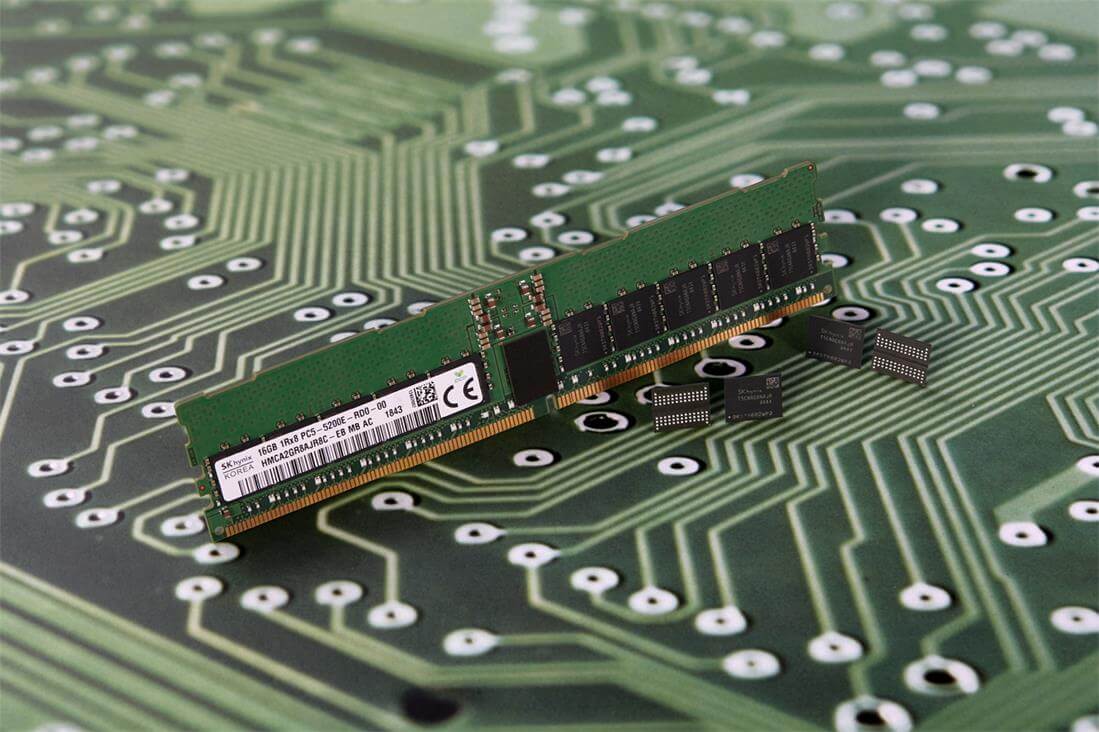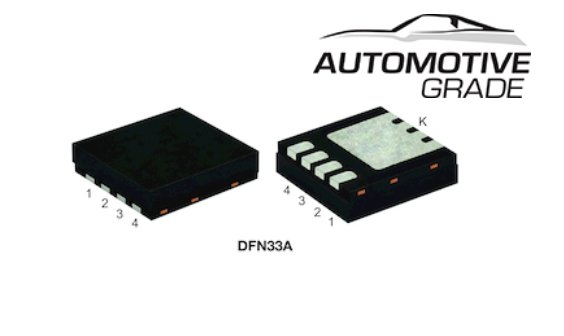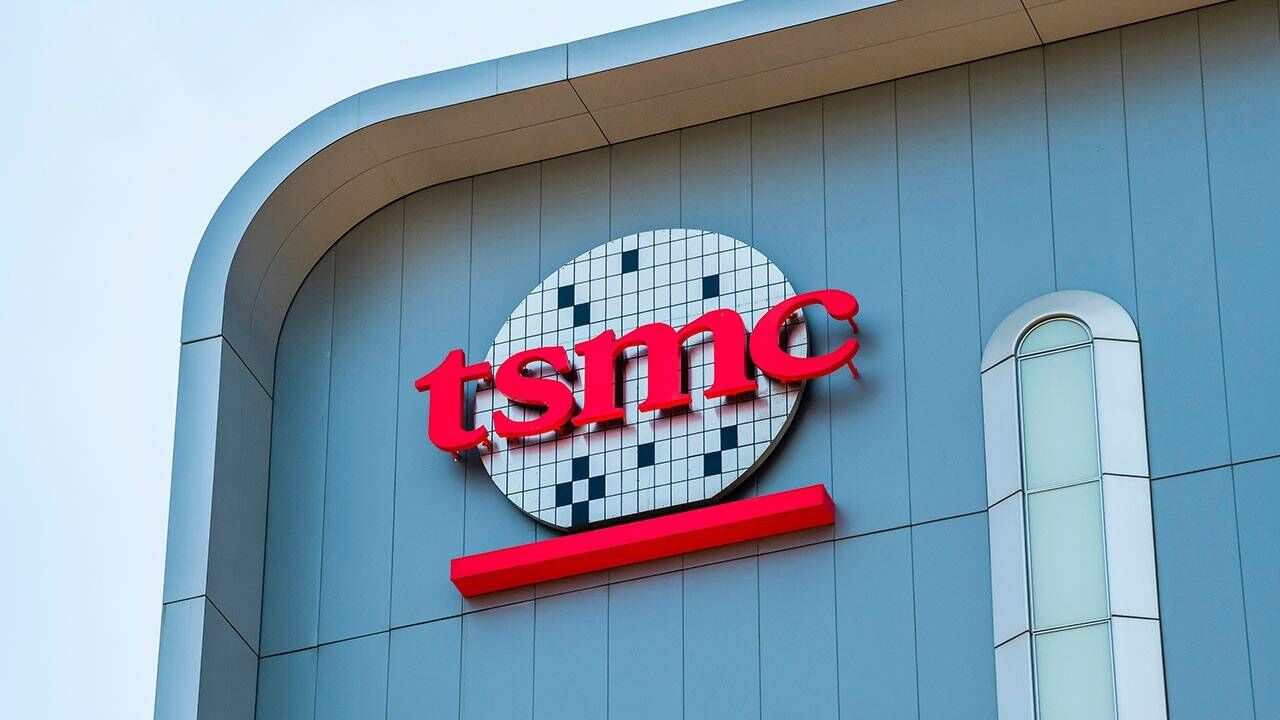According to the Korean media DDaily, SK hynix successfully developed the third generation 10 nanometer process (1z nm) 16Gb DDR4 DRAM, which is only 11 months since its successful development of the second generation 10 nanometer process (1y nm).
SK hynix said that in terms of production efficiency, 1z nm is 27% higher than the previous generation, and the electrostatic capacity of DRAM has been successfully maximized by using new materials that have not been used in the past. In the future, the 1z nm process will be applied to the next-generation mobile DRAM LP DDR5 and high-speed DRAM HBM 3.
Earlier, Samsung Electronics and Micron also successfully developed the 1z nm project. Samsung Electronics completed the development of 1z DRAM in March and began mass production in September. Micron also announced mass production of 16Gb DDR 4DRAM for the 1z process in August. Micron believes that improving DDR4 DRAM for computers, mobile DRAM (LPDDR4), and graphics DRAM (GDDR6) technology will greatly promote the business.
Overall, although the market for memory semiconductors has not improved, DDaily pointed out that major manufacturers intend to reverse the current situation by adopting technology gaps. After completing 1z process products, each company is expected to reduce the impact of external uncertainties to increase revenue.
According to industry analysts, whether in the long-term or short-term, memory chip companies to improve technology are quite positive news, because the technology has the opportunity to turn the market.












All Comments (0)